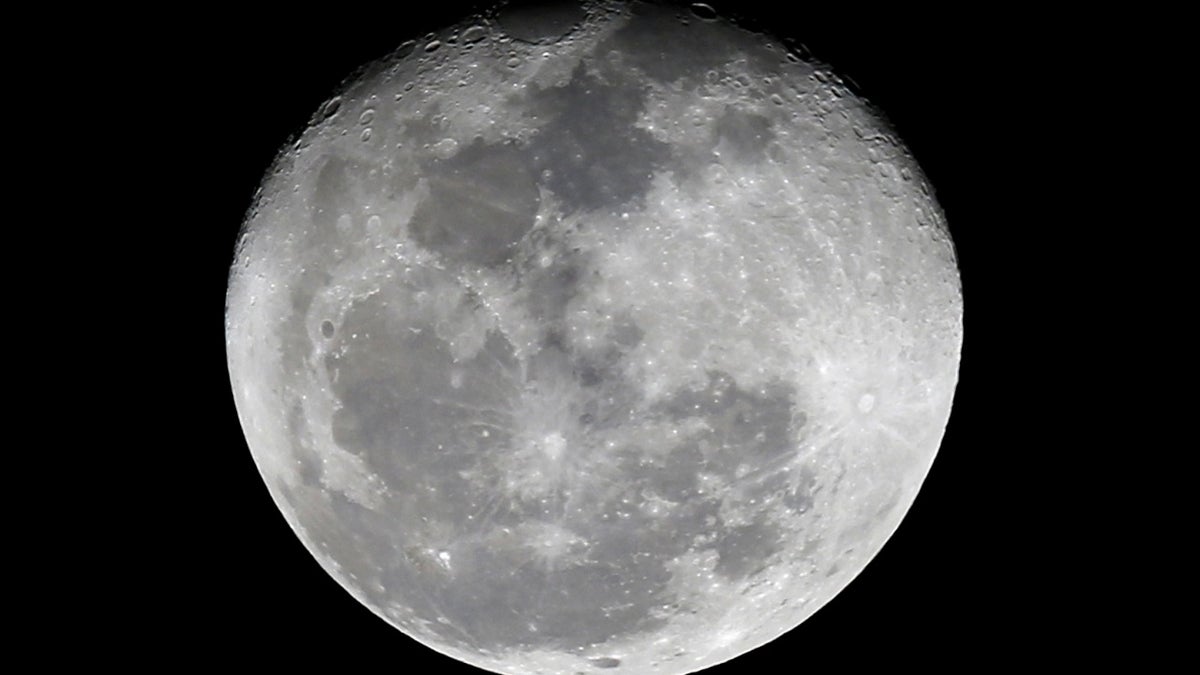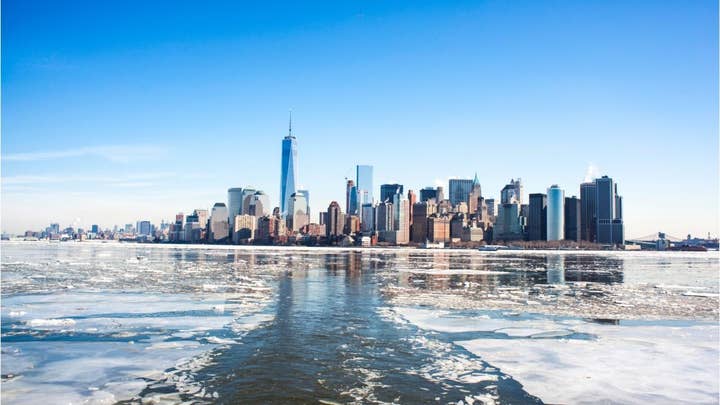While some parts of the U.S. have already experienced bone-chilling temperatures, the official start of winter doesn't occur until Friday afternoon — as this year's winter solstice officially arrives.
The annual winter solstice brings us the shortest day and longest night of the year in the Northern Hemisphere. Those living in the Southern Hemisphere will experience just the opposite.
The 23.5-degree tilt in Earth's axis of rotation gives different parts of the planet more exposure to the Sun at different times of the year, providing seasons. In December, the Earth's North Pole turns away from the Sun, giving the Southern Hemisphere the most sunlight.
"Culturally, the solstices and equinoxes are typically used to denote either the beginnings of the seasons or the center points of the seasons," Rick Kline of the Spacecraft Planetary Imaging Facility at Cornell University recently told USA TODAY.
CLICK HERE TO GET THE FOX NEWS APP
The date and time of the solstice vary each year, though it typically falls between Dec. 20 and Dec. 23, according to The Weather Channel.
Here's everything you need to know about this year's special event.
When is the winter solstice, exactly?
This year's solstice will occur at approximately 5:23 ET (3:23 MST), according to the National Weather Service (NWS).
The Sun will appear at its lowest elevation around noon.
The day will feature just 9 hours, 53 minutes and 21 seconds of daylight — compared to our typical 12 hours or so, the NWS says.
Will it be the coldest day of the year?
Not necessarily. In fact, the coldest temperatures usually don't hit until days after the solstice.
"There is actually a lag between the shortest day of the year and the coldest average temperatures, not only across New Mexico but for most of the mid and high latitude locations," the NWS points out.
The angle of the Sun remains low for a period of time after the solstice. The temperatures reportedly continue to drop during that time until the Sun starts to rise higher in the sky.
"This lag in temperature occurs because even though the minutes of daylight are increasing, the earth's surface continues to lose more energy than it receives from the sun," the NWS reports.
WHAT IS A POLAR VORTEX? A LOOK AT WHAT COULD BE IN THE FORECAST THIS WINTER
But some areas will see freezing temperatures in the coming weeks — and the solstice isn't necessarily solely to blame.
A polar vortex may sweep through the East Coast later this month and inflict one of the harshest winters in years, climate researchers told The Washington Post.
A polar vortex refers to the cold air and low pressure that constantly surrounds both of the Earth’s poles. In the winter, a disruption in the polar vortex can occur as it tends to expand in the northern hemisphere, pushing that cold air further south, according to the NWS.
What else is happening?

December's full moon is referred to as the Cold Moon. (REUTERS/Henry Romero)
A full Moon and a meteor shower will accompany this year's winter solstice.
The Moon, known as the Cold Moon, arrives on Dec. 22 — a day after the winter solstice. It will be at its fullest at 12:49 p.m. ET, NASA says.
According to NASA, a full moon hasn't coincided with the winter solstice since 2010 and it's not expected to join the solstice again until 2094.
The annual Ursid meteor shower is also expected to peak on Dec. 21 and Dec. 22. It's the first time this particular meteor shower has overlapped with the Cold Moon in eight years, Fortune reports.
The Ursid meteor shower isn't nearly as impressive as the Geminid meteor shower, which peaked last week.
The Geminid shower, which contains debris from 3200 Phaethon, can shoot anywhere between 60 to 120 meteors per hour. The Ursid shower, however, sprinkles the night sky with far less — around five to 10 per hour, though an "outburst" could cause that number to double, Space.com says.
Occasionally a meteor shower develops into a storm, dropping up to 1,000 meteors per hour. This occurrence is rare, though, and often difficult to predict.
But you may have a hard time catching a glimpse of the fireballs, as the bright full moon could block your view.
Fox News' Kaitlyn Schallhorn contributed to this report.






















